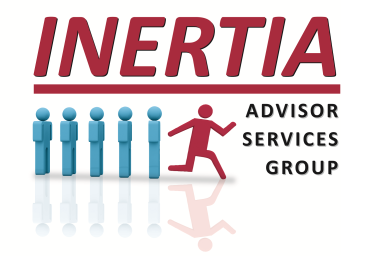Elevating An Advisory Practice With Data-Driven LTC Planning
Long-Term Care (LTC) Planning is a critical aspect of comprehensive estate and financial planning, yet the topic receives insufficient attention across the advisory community. Regardless of your advisory relationship with clients, the prevalence of conditions like Alzheimer's disease and the potentially significant emotional, physical, and financial burden associated with LTC demands a more proactive and robust approach to planning for future care needs. Not only is there a mandatory nature to planning for care, but it's time to stop using average needs statistics and incorporate client-focused, data-driven tools for LTC Planning into client engagements as outlined below….
The Limitations of Average Needs Statistics
The few in the advisory community addressing LTC almost exclusively rely on average needs statistics, so they are using broad estimates to guide individual client financial decisions. While these statistics provide high-level insights, they fail to account for the personal nature of LTC because an average usually overestimates or underestimates the actual costs of care. Moreover, those stats often overlook the complexities of conditions like Alzheimer's disease, the unpredictable nature of future healthcare expenses, or the specific type of care needed.
The Importance of Data-Driven Tools
Data-driven tools like the Health Analysis and Longevity Optimizer, or HALO from Lumiant, offer a more sophisticated approach to LTC Planning that leverages unique client data to provide customized insights into potential LTC expenses. Health Holmes, creator of the HALO, explains that "without data and science, it's hard to quantify LTC risk. The typical way most advisors quantify that risk is either by guessing or asking their clients to guess or by ignoring the problem. It's for that exact reason that we created" the HALO, a report to "provide an unbiased view and personalized projections of a client's longevity, healthspan, and extended care (LTC) risks to help advisors and their clients understand why and how to plan for those later-in-life extended care needs." Incorporating a tool that considers health status, family history, lifestyle choices, and geographic location more accurately predicts longevity and future healthcare costs. It offers clients a broader understanding of their LTC needs and the ability to tailor planning strategies accordingly.
The Value of Expertise and Experience
Data-driven tools are invaluable for LTC Planning, as they complement your expertise and experience to enhance your advisory role. As an experienced professional, you bring qualitative insights, pattern recognition, judgment, and intuition to the table that improves the overall quality of guidance or advice. Integrating data-driven and quantitative insights with your expertise can offer clients a more holistic and empowering approach to LTC Planning that addresses quantitative and qualitative considerations.
Professional Designations Carry Responsibilities
Those with almost any designation have a fiduciary duty or heightened responsibility to assess and mitigate knowable risks for clients; thus, there is a need to prioritize LTC Planning in their practice as a steward of each client's financial well-being. Moreover, professionals with designations must uphold ethical standards and provide comprehensive advice in the context of their advisory role. Given the significant risk and impact on clients and their families from LTC, those with designations – across the advisory spectrum – must recognize the urgency of incorporating the LTC component in their clients' planning with strategies built on data-driven tools to ensure a more secure future.
The evolution of LTC planning requires a shift towards more data-driven and personalized approaches for the advisory community and their clients. While average needs statistics once had their place driving planning, leveraging the strengths of data-driven insights and professional expertise allows the advisory community to serve the interests and needs of its clients.
Now, more than ever, clients and their loved ones must prepare for future Long-Term Care needs.
20240315

